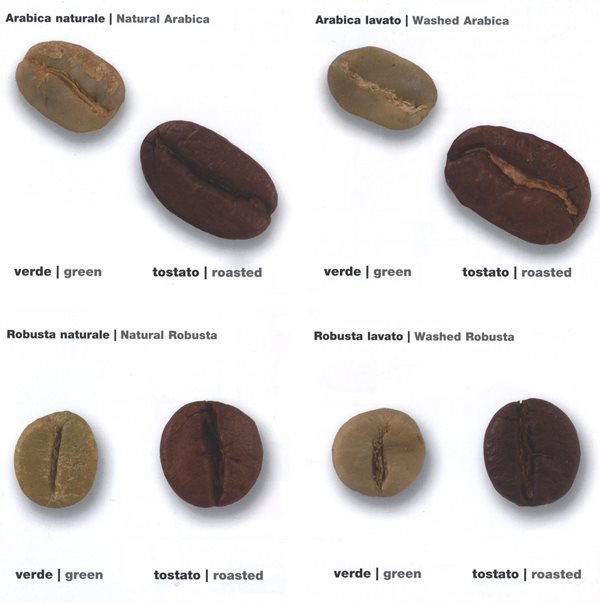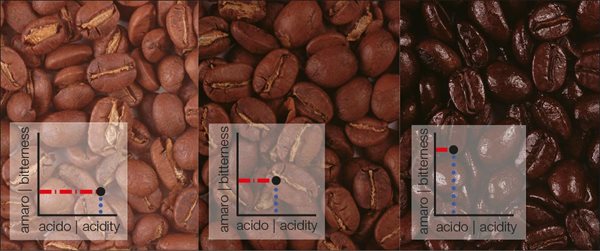First step: Select a country or the international website with all available languages
The roasting process

The roasting process, besides making green coffee edible, it also generates the characteristic aromatic and sensory profile of each coffee blend.
The blending (various types of green coffee) and roasting are a real art that has been acquired over years of experience and it is not surprising that roasters keep their formulas extremely secret, passing them on from generation to generation.
One should not forget that coffee is an agricultural produce and its aromatic-sensory characteristics vary according to environmental conditions.
The roaster’s main problem is that of creating blends that maintain the taste and the constant aroma of the blend despite the changes in production from year to year.
This duty is given to internal or external “specialized tasters” and independent professionals. It is up to them to decide the percentage of which kind of coffee bean and production the blend is composed by.

With a light colour roasting, from 70 to 190°C, the taste of coffee is sweeter and more acidic in comparison to a hotter roast. The so-called "blonde" roasting is preferred in Northern European countries and in North America. Mildly roasted beans are suitable for infusion (filter coffee).
Medium roasting
Thanks to a roasting degree that goes from 200° to 220° C, the balance between taste and aroma typical of Italian espresso, expresses itself at its best. The "monk’s frock" colour coffee preserves the wide range of aromatic sensations of the finest coffee types. Mild roasting is mostly used in Northern Italy and in France.
Dark roasting
This is a extreme method, it ranges from 230° to 240°C. Once 230° C has been exceeded, the roaster has to be able not to carbonize the coffee by stopping the process just a moment before burning. This kind of roasting is very typical of South Italy, Spain and Portugal, where a very strong and bitter taste is preferred.
Espresso coffee requires a medium roasting which ensures a balance in sourness and bitter taste.
Information and images in this article were taken from the book The espresso coffee prod. system edited by Bazzara.










